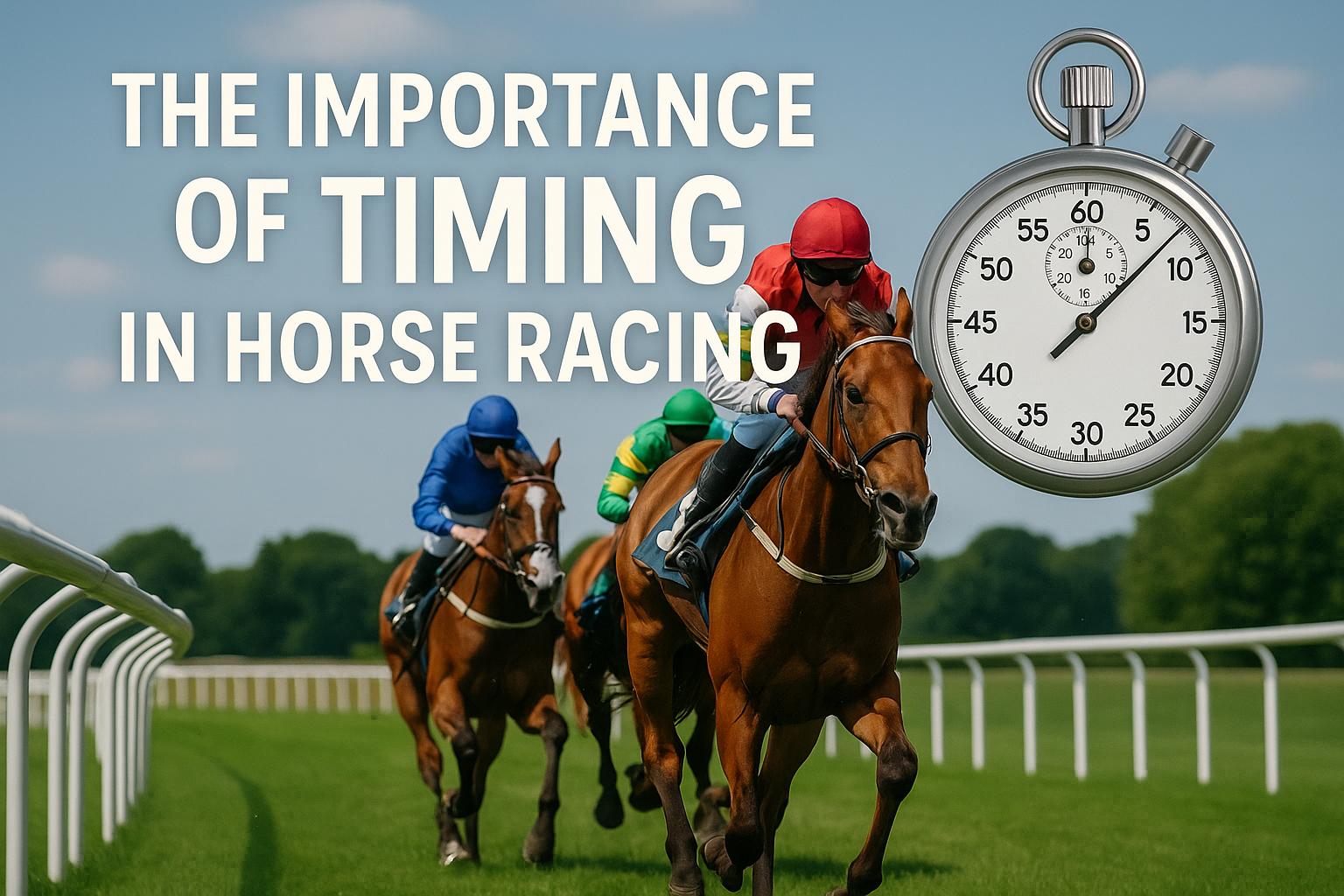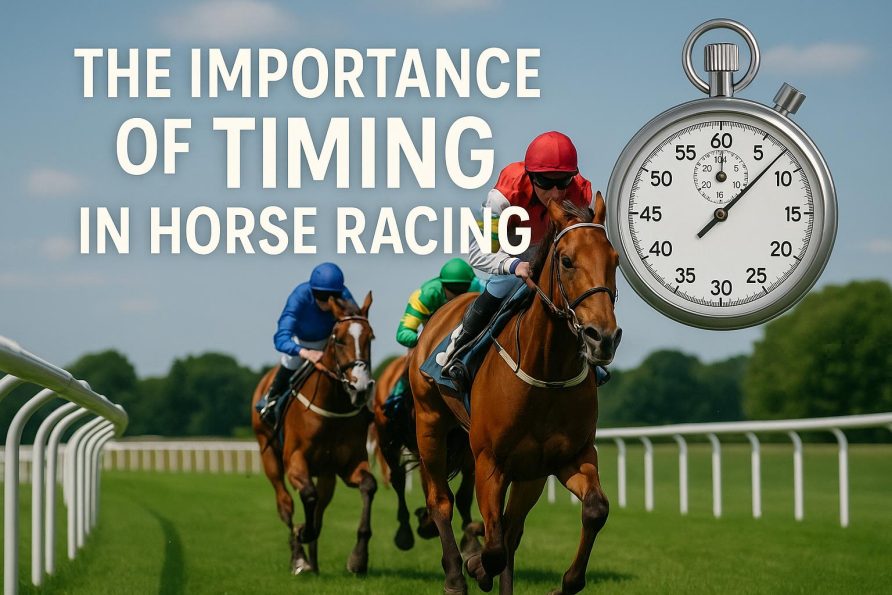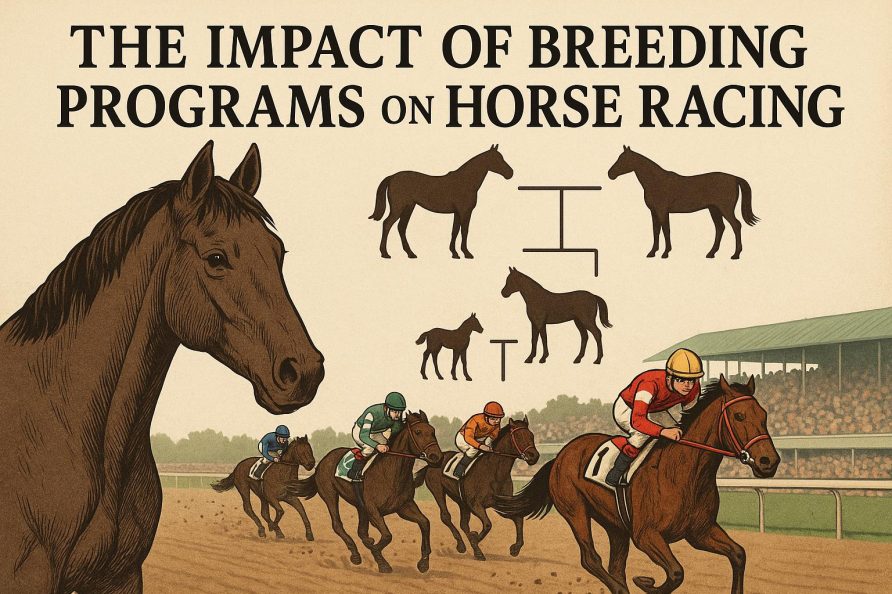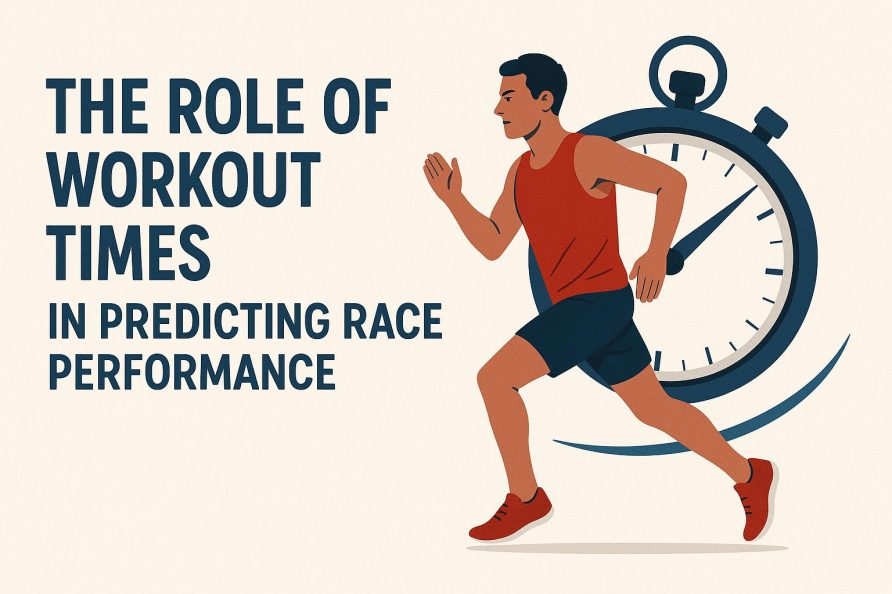The Role of Timing in Horse Racing
The dynamics of horse racing revolve significantly around the element of timing. In the grand tapestry of this sport, timing weaves through every stage, influencing both strategic planning and on-the-moment decisions during a race. Mastery over this element often marks the line between triumph and disappointment in the high-stakes world of horse racing.
Preparation and Training
In horse racing, timing begins long before the actual event, deeply embedded in preparation and training phases. Trainers meticulously craft training schedules that align with their horses’ expected performance peaks. This phase involves identifying the characteristics unique to each horse, such as growth patterns, recovery times, and receptiveness to different training methods. An essential aspect of this process is determining the optimal training routine that fortifies the horse’s strengths without pushing it into the risks of overtraining—where injury and dwindled performance could become a reality.
When trainers approach the preparatory phase, they consider numerous factors like diet, exercise intensity, and rest periods to cultivate an athletic condition that’s ripe for competition day. The balance between exertion and recovery is artfully maintained; this ensures the horse can perform at its zenith. This thoughtful orchestration of timing when preparing a horse underscores the critical nature of scheduling in attaining competitive readiness.
The Race Itself
As the anticipation builds and the gun goes off, the race becomes the critical moment where timing manifests its utmost significance. Through the bursts of speed, coordination, and strategic maneuvering, jockeys operate within a matrix of time-sensitive choices. They continually interpret the evolving dynamics during the race. When to surge forward, when to restrain, and how to effectively navigate the positioning—all hinge on impeccable timing.
Jockeys are tasked with making split-second decisions. Each decision must account for countless variables – such as the horse’s current speed, track conditions, and competitors’ positions – that evolve every second. This capability to adapt strategies in real-time distinguishes an accomplished jockey from the ordinary, serving as the backbone of their race judgment.
Understanding Race Pace
In-depth comprehension of race pace interlinks with the concept of timing, forming a delicate dance that can enhance a horse’s performance significantly. Pacing pertains to knowing how to distribute a horse’s energy throughout the course of the race. Being overly aggressive too soon can result in a depleted horse, whereas conserving energy excessively might leave less room to catch up.
A proficient jockey and trainer team will evaluate other horses in the race, understanding the probable order and tempo others might maintain. This insight into what is termed the ‘race pace’ allows forming strategies that either align with or aim to disrupt the expected flow, thereby potentially gaining a competitive edge.
Tactical Decisions
Emanating from both strategic foresight and situational awareness, tactical decisions in racing are intimately tied to precise timing. Deploying strategies such as opting for front-running, shadowing the lead contenders, or reserving efforts until the final furlong hinges on astute timing skills. Observational acumen helps identify the opportune moments that could pivot the race’s outcome favorably.
Trainers and jockeys often devise detailed plans well ahead of race day, with room for adaptability based on live race conditions. The tactical decisions they make can shatter expected outcomes in favor of unforeseen victories or steady known strengths to ensure expected wins. This rich interplay of calculated risk and astute observation highlights the nuanced yet critical role timing plays within the strategic framework of horse racing tactics.
Evaluation of timing across different facets of horse racing reveals that success in this field is as much about scientific precision and planning as it is about instinct and experience. It harmonizes the vivid intricacies related to the physicality and psychology of both the jockeys and their equine partners.
For those intrigued by the strategies used in horse racing, more information can be found through dedicated horse racing informational hubs here or here.
Understanding and mastering timing within the realm of horse racing unveils itself as a pivotal component to achieving competitive success. The combination of experiential knowledge, technical proficiency, and instinctive insight into timing encapsulates one of the sport’s most profound challenges. Its complexities and subtleties are what make horse racing not only a competition of speed and strength but a cerebral pursuit, where time can be both an adversary and an ally.





